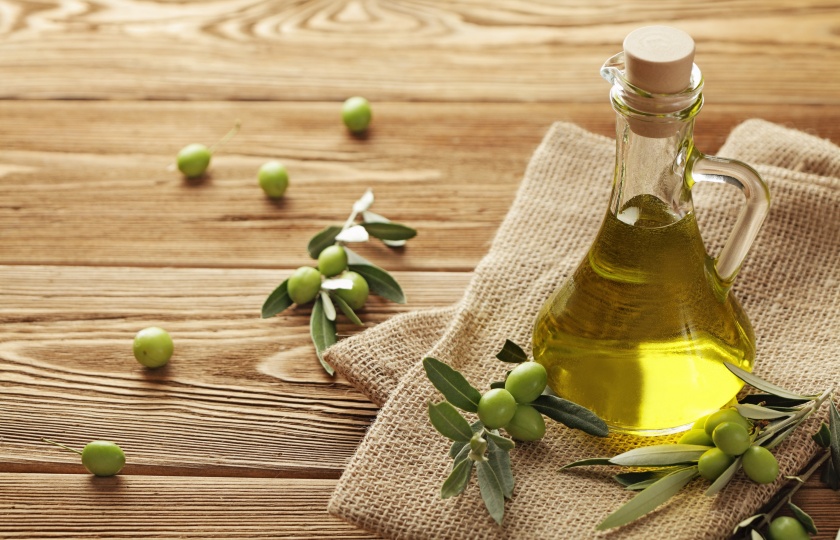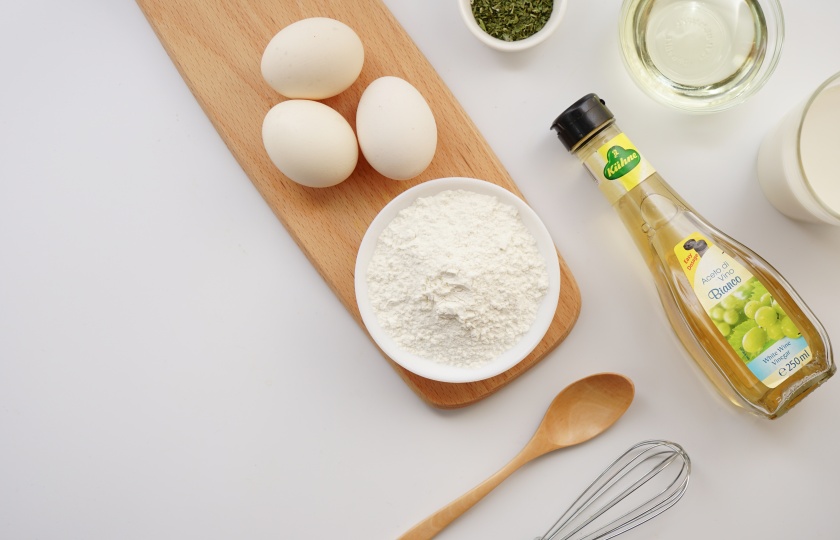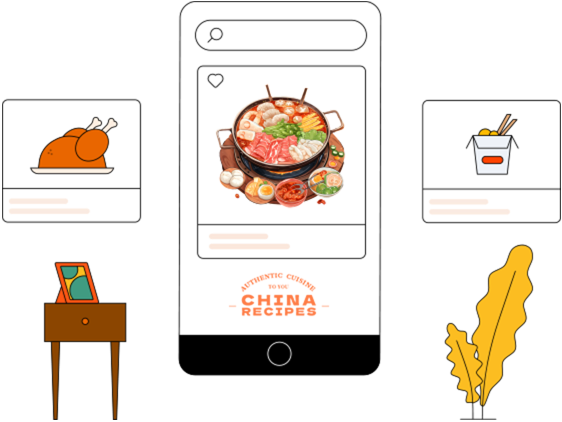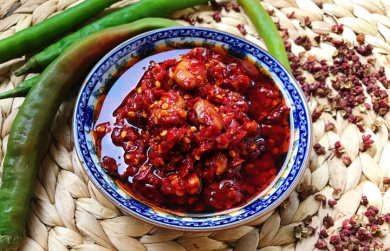Cooking Tips: Can You Fry Chicken in Olive Oil

Many people want to enjoy delicious fried chicken while maintaining a healthy diet. Is using olive oil for frying chicken a wise choice? Here are the answers you need.
Can olive oil be used to fry chicken?
Yes, it can be used to fry chicken, but it is not recommended.
Never use extra virgin olive oil (labeled "Extra Virgin" on the bottle) to fry chicken. Refined olive oil (labeled "Refined") can barely be used in an emergency, but its cost-effectiveness is extremely low.
Why?
Sensitive to heat: It starts to taste bitter at the temperature when stir-frying causes it to smoke (about 190°C). Since frying chicken requires a temperature of around 180°C, a slightly stronger heat can turn it into bitter, charred oil.
A big oil absorber: Olive oil has a high viscosity. The outer skin of the fried chicken will absorb oil like a sponge, and when you take a bite, there will be a mouthful of oily soup.
Too wasteful: 500 ml of olive oil can buy 5 bottles of rapeseed oil. Using it to fry chicken once will waste about one-third of it. It is better to save it for making cold dishes, where it will give a more pleasant flavor.
Can you reuse olive oil after frying chicken?
The olive oil used for frying chicken can be reused, but it must be handled with caution. My experience is that as long as the oil has not deteriorated and the number of times of reuse does not exceed twice, appropriate reuse is feasible. However, pay attention to the following points:
Step 1: Judge the state of the oil
Don't pour out the oil immediately after frying the chicken pieces. Let the oil stand and cool, and then filter out the food residues with a gauze or coffee filter. If the color of the oil becomes significantly darker, shows turbidity, stickiness, or has an acidic odor, discard it directly. Good oil should be clear, odorless, and feel fresh.
Step 2: Proper storage is the key
Put the filtered oil immediately into a sealed glass bottle to avoid contact with light and air. I usually cover the bottle mouth with a layer of plastic wrap and then tighten the lid, and store it in the refrigerator. This can delay oxidation, and it is best to use it up within 7 days.
Usage suggestions: Don't fry at high temperatures for the second time
Reused olive oil is not suitable for frying food again. High-temperature heating will accelerate the generation of harmful substances. I usually use it for low-temperature cooking, such as stir-frying green vegetables, making cold dishes, or kneading it into the dough to make scallion pancakes. This can enhance the flavor without waste.

Why does olive oil burn faster than other oils?
Olive oil does tend to burn more easily than other common cooking oils, and the key lies in its smoke point temperature.
I often encounter situations where novice cooks use extra-virgin olive oil for stir-frying at high heat, filling the kitchen with smoke. Here are two practical criteria for judgment.
Firstly, look at the processing method of the olive oil. Extra-virgin olive oil has the lowest smoke point, around 160 - 190°C, while refined olive oil can withstand around 240°C. For example, when frying a steak, the oil temperature needs to be above 200°C. Using the former will naturally cause burning, while the latter is more suitable.
Secondly, look at the color of the oil. Unfiltered extra-virgin olive oil contains more plant particles. These impurities will carbonize first when exposed to high temperatures.
Does olive oil leave a taste when frying?
Olive oil can impart a fruity and slightly spicy aroma to the food, and this flavor is quite distinct. Some people really enjoy this flavor, while others may feel that it affects the original taste of the ingredients.
Personally, I would suggest that if you plan to fry or sauté the following foods, it's better to avoid using olive oil:
Chinese stir-fries and fried dumplings
Seafood with a light flavor
Egg dishes that need to maintain their original taste
However, olive oil is especially suitable for these dishes:
Pasta and Mediterranean-style dishes
Stir-fried vegetables
Making salad dressings

What is the best oil to fry chicken in?
Peanut oil is the top choice.
This is my personal most recommended option. Peanut oil not only can withstand high temperatures, with a smoke point as high as 232 degrees Celsius, but also adds a unique nutty aroma to fried chicken. Most importantly, it can be reused, making it highly cost-effective.
High-oleic sunflower oil is the second choice.
This is my latest recommendation. It has a smoke point as high as 230 degrees Celsius and excellent stability, making it perfect for high-temperature frying. The oil consumption is also lower than that of ordinary oils. Moreover, it does not produce strange odors and can perfectly preserve the original taste of the chicken.
Soybean oil is also acceptable.
If peanut oil is not available, soybean oil is a good alternative. It is affordable, has a moderate smoke point, and most critically, it does not impart any other flavors, allowing the natural deliciousness of the chicken itself to be fully displayed.

Can I use olive oil in an air fryer?
Yes, you can use it, but you need to pay attention to two key details.
Oil Control Technique
For example, using a silicone brush to apply 0.5 ml of refined olive oil to shrimp can save 40% of the oil compared to using a spray bottle. Also, it can prevent oil mist from clogging the air fryer basket's air holes.
When dealing with oil-absorbing ingredients like eggplant, after slicing, I soak it in salt water for 10 minutes first, then squeeze out the water before brushing the oil. This can effectively reduce oil intake by 40%.
Temperature Calibration Skills
The temperature controller of the air fryer may have a deviation of ±15°C. My method is to place a piece of tin foil at the bottom and drip a few drops of oil to observe. If faint smoke appears within 3 minutes, it means the actual temperature exceeds the set value. In this case, you need to lower the temperature by 10°C before using olive oil.
After such treatment, garlic-flavored spare ribs can not only maintain the flavor of olive oil but also avoid the generation of harmful substances.























